Brazilian Jiu-Jitsu is one of the world’s most popular martial arts. Even so, there is a lot of mystery and confusion surrounding its origins and roots, and in some circles, whether it really is its own legitimate martial art… or if it’s just “ground judo”. In this article, we’ll take a deep dive into Brazilian Jiu Jitsu, discuss its origin, history, and its evolution into what it is today.
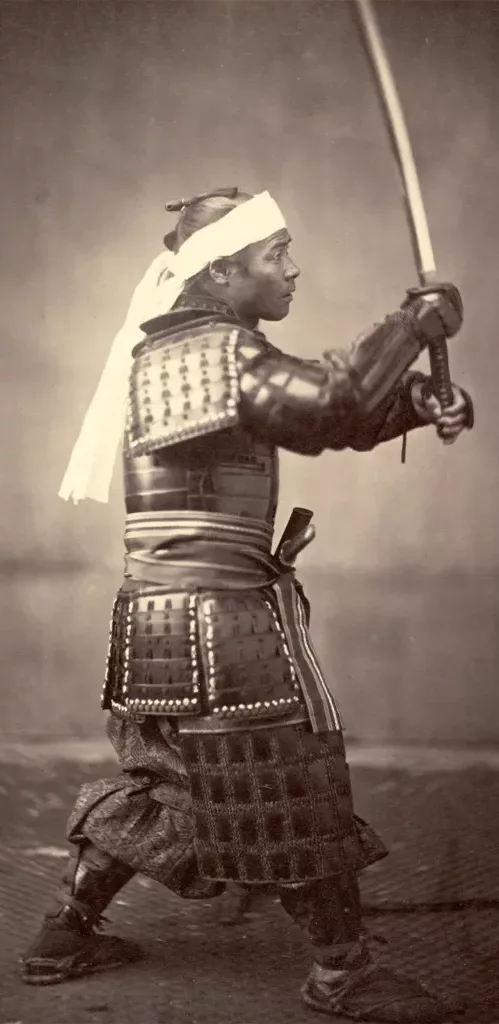 In the beginning, there were Samurai. The samurai first appeared in Japan during the Heian Period (794-1185). They were a powerful military caste during the feudal period, beginning in the 12th century.
In the beginning, there were Samurai. The samurai first appeared in Japan during the Heian Period (794-1185). They were a powerful military caste during the feudal period, beginning in the 12th century.
They served as the ruling elite in society, wielding political and military power over the land. They were warriors who followed a strict code of honor and loyalty, and committed their lives to serving their lord.
Their primary purpose was to protect the shogun, or military ruler, and to enforce laws. Samurai were also responsible for defending their master’s land, maintaining order, and ensuring justice.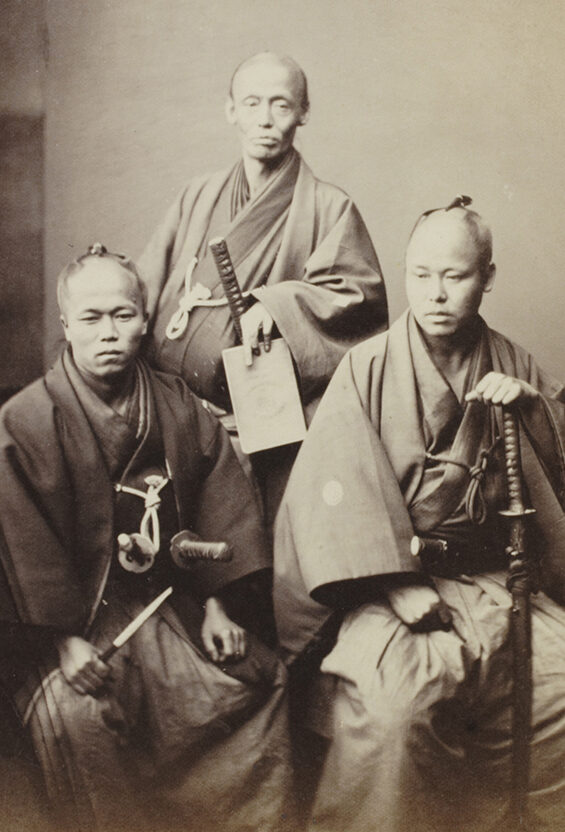
In addition to their military duties, samurai also served as a social, political, and cultural elite, and were expected to adhere to a strict code of honor and loyalty. The samurai followed Bushido, or “way of the warrior”.
Samurai warriors were extremely deadly and proficient fighters. They were trained from a young age to use a variety of weapons, including swords, spears, bows, and guns. Samurai warriors were known for their mastery of martial arts and their willingness to fight to the death. This combined with their expert swordsmanship made them some of the most feared warriors in history.
If a samurai were to be disarmed during a fight, they would likely attempt to use their martial arts knowledge to incapacitate or kill their opponent. Samurai were trained in the code of Bushido, which taught them to never surrender and to always fight with honor and dignity.
Martial arts fighting techniques used by Samurai consisted primarily of jujitsu, aikijutsu, kenjutsu, and Okinawan jiujitsu.
Jiujitsu is a combination of two words jiu and jitsu that can be translated to mean the “Yielding Way”.
The Jiujitsu Arts
Aikijutsu is a Japanese martial art that focuses on redirecting an attacker’s energy and using leverage to control and subdue them. It is considered a soft art because it does not rely on strikes or kicks, instead relying on body throws and joint locks.
Kenjutsu is the traditional Japanese art of swordsmanship, which dates back to the 12th century. It involves the use of a wooden sword or bokken to practice techniques for offense and defense. Kenjutsu is also referred to as kendo, which is the modern form of kenjutsu.
There was also Ryukyu Jitsu, also known as Okinawan Jiu Jitsu, or Okinawan Te… which was the predecessor to modern-day Karate. Karate was developed by the Okinawan people during the Ryukyu Kingdom period (1429-1879) from a combination of Chinese martial arts and local fighting methods.
Karate and Japanese Jiujitsu both originated from traditional martial arts practices in Japan. Jiujitsu was developed during the Edo Period (1603-1867) from various schools of martial arts that had developed in the Sengoku Period (1467-1615). Both forms of martial arts were used by the samurai class as a form of hand-to-hand combat.
So, pretty much all of the fighting styles in Japan, during this period, were one form of “jitsu” or another. Everything was a Jitsu. By combining all four dominant japanese jiu jitsu styles, you basically end up with “all-inclusive” fighting… the best martial art. Something similar to MMA of the day, but also with weapons.
For many reasons, just as we see in most martial arts schools today, “all-inclusive” fighting gets broken down into various styles and arts based on people’s individual philosophies and interests. Some people like to train in striking arts, others may prefer weapons-based regimes. One group of fighters may prefer stand-up fighting, while another may prefer ground fighting.
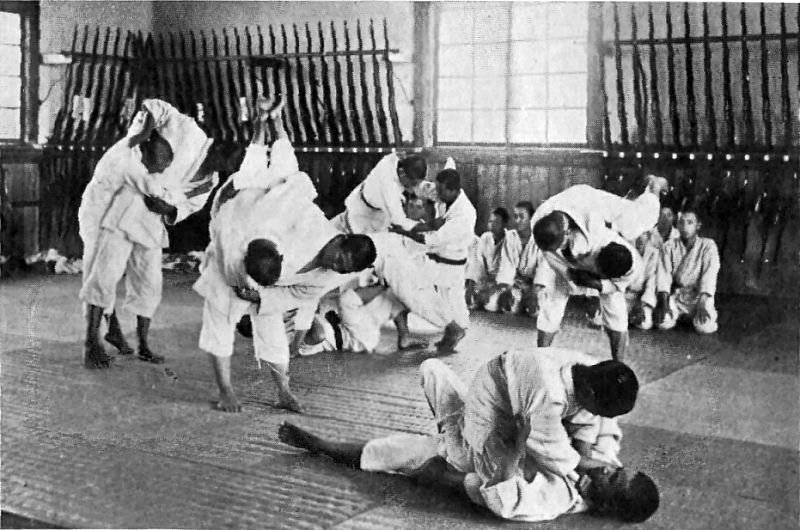
Tachi-Waza and Newaza
Regardless of which fighting style you preferred, they all were embodied in two individual subsets: Tachi Waza and Ne Waza.
Tachi-Waza was popularized by the Kito-ryu and Tenjin Shin’yo-ryu schools, or “Ryu” of jujutsu which were active from the 16th century to the 19th century. These schools focused on tachi-waza, which is the use of standing techniques such as throws (nage waza), joint locks (kansetsu waza), and strikes (atemi-waza). Ne waza, or newaza, includes any form of ground fighting, again, including grappling, joint locks (kansetsu waza), and chokes (shime waza).
The primary proponents of newaza prior to the advent of judo were members of the Tenjin Shinyo-ryu school of jujutsu, founded in 1834. This school emphasized the use of throws, joint locks, and ground grappling techniques, which would later form the basis of modern judo.
 Kano-Ryu Jiu Jitsu
Kano-Ryu Jiu Jitsu
Again, in the day of Jiujitsu, just about everything was a Ryu (school) of one form of jitsu or another. Jigoro Kano, believing that traditional jiujitsu was little more than street-fighting, sought to develop something more refined and efficient. Out of his studies, he developed Kano-Ryu Jiujitsu, or “Kano’s School of Jiujitsu”, which, 43 years later, came to be known as “Judo”.
Jigoro Kano felt that the traditional Japanese Jiujitsu techniques were too dangerous because they focused too much on techniques that could cause permanent damage to an opponent. He believed that many of the techniques could be modified to be more efficient, more effective, more practical, and could be practiced in a controlled environment more safely and avoid serious training injuries.
Kano-Ryu Jiujitsu emerged as a superior art among so many other styles in late 1800s Japan because of its emphasis on leverage and technique over strength and physical power. Kano’s techniques were also designed to be practical and effective in a real combat situation, which made it more attractive to martial arts practitioners at the time.
Additionally, the art was popularized by Jigoro Kano himself, a highly renowned educator and martial arts master who founded the Kodokan Institute in 1882. Kano’s teachings and philosophy spread quickly throughout the country, and his system of Kano-Ryu Jiujitsu became highly respected and sought after. Coined “judo” by Kano at his founding, it wasn’t until 1925 that the Japanese government changed the name from Kano-Ryu Jiujitsu to Judo. So for just over 40 years, Judo was still a “jiujitsu”.
How Kano Changed Japanese Jiujitsu into Judo
Jigoro Kano made a number of changes to Japanese Jiujitsu in order to create Judo. These changes included:
- Introducing new competitive elements to the art, such as tournament-style matches and grading systems.
- Emphasizing mental discipline and respect in addition to physical technique.
- Developing a more scientific approach to training, such as breaking techniques down into smaller components, and focusing on specific techniques rather than just trying to imitate or copy the entire style of another school.
- Introducing the concept of randori or free-style sparring and randori kata, which is a set form of sparring.
- Developing the modern Judo uniform and belt system.
- Focused on the principles of maximum efficiency, minimum effort, and mutual welfare and benefit.
- Establishing the Kodokan Institute, a Judo training hall, and the International Judo Federation.
How did Judo Spread Across the World?
Jigoro Kano and his students spread Judo across the world primarily through the founding of the Kodokan Judo Institute in Tokyo, Japan in 1882 and exhibition fighting. The Kodokan acted as a training center and a hub for Judo competitions and demonstrations.
Kano and his students also held Judo seminars and exhibitions around the world, from Europe to North America to South America. In addition, Kano and his students wrote books and articles about Judo, which served as a way to educate people about the sport.
Finally, Kano and his students created the International Judo Federation in 1951, which helped to spread Judo further around the world.
What students of Jigoro Kano helped introduce Judo to the world?
Notable students of Jigoro Kano who helped introduce Judo to the world include Tsunejiro Tomita, Mikonosuke Kawaishi, Gunji Koizumi, Kyuzo Mifune, and Mitsuyo Maeda.
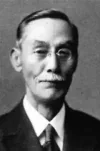 Tsunejiro Tomita (1871–1941) was a Japanese martial artist, educator, and one of the founding fathers of Judo. Tomita has the distinguished privilege of being the first person listed in the enrollment books of the Kodokan. As a student of Jigoro Kano, the founder of Judo, he is credited for introducing the practice of randori (free sparring) to Judo. Tomita was a fierce judoka and had many successes in competing against jiujitsu schools. Although known to be one of the least physically gifted students, Tomita was one of Professor Kano’s regular training partners. Tomita is also credited as being one of the “Four Guardians” of Judo.
Tsunejiro Tomita (1871–1941) was a Japanese martial artist, educator, and one of the founding fathers of Judo. Tomita has the distinguished privilege of being the first person listed in the enrollment books of the Kodokan. As a student of Jigoro Kano, the founder of Judo, he is credited for introducing the practice of randori (free sparring) to Judo. Tomita was a fierce judoka and had many successes in competing against jiujitsu schools. Although known to be one of the least physically gifted students, Tomita was one of Professor Kano’s regular training partners. Tomita is also credited as being one of the “Four Guardians” of Judo.
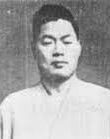 Mikonosuke Kawaishi (1890-1969) was a Japanese judoka and the creator of the Kawaishi Judo system. He was one of the first to bring Japanese Judo to Europe and is credited with introducing modern techniques to the art. He is especially known for his textbook, My Method of Judo, which has been translated into many languages and is still used by judoka today. Kawaishi was also the head instructor at the Budokwai in London, the first Japanese Judo dojo in Europe, and a member of the Kodokan. He was awarded the 8th dan by the Kodokan in 1957 and was posthumously awarded the 9th dan in 1969.
Mikonosuke Kawaishi (1890-1969) was a Japanese judoka and the creator of the Kawaishi Judo system. He was one of the first to bring Japanese Judo to Europe and is credited with introducing modern techniques to the art. He is especially known for his textbook, My Method of Judo, which has been translated into many languages and is still used by judoka today. Kawaishi was also the head instructor at the Budokwai in London, the first Japanese Judo dojo in Europe, and a member of the Kodokan. He was awarded the 8th dan by the Kodokan in 1957 and was posthumously awarded the 9th dan in 1969.
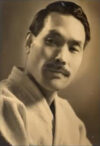 Gunji Koizumi (1885-1965) was a Japanese educator and a leading figure in the development of judo in the early modern period. He was a disciple of Jigoro Kano, the founder of judo. Koizumi is credited with introducing the syllabus of judo to the public school system and spreading the practice of the martial art in Japan. He also wrote several books on judo and its history, which helped popularize the art and promote its importance as a physical education activity.
Gunji Koizumi (1885-1965) was a Japanese educator and a leading figure in the development of judo in the early modern period. He was a disciple of Jigoro Kano, the founder of judo. Koizumi is credited with introducing the syllabus of judo to the public school system and spreading the practice of the martial art in Japan. He also wrote several books on judo and its history, which helped popularize the art and promote its importance as a physical education activity.
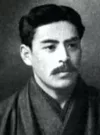 Kyuzo Mifune (1883-1965) was a Japanese martial artist and a 10th-dan of judo. He is often referred to as the “God of Judo” for his mastery of the art. Mifune was the first to systematize and codify the traditional techniques of judo and wrote the definitive judo textbook (Kodokan Judo) which is still in use today. He is also credited with developing the modern-day judo uniform, the gi. Mifune was a major influence in the development of judo, both in Japan and abroad, and is considered one of the most important figures in the history of the sport.
Kyuzo Mifune (1883-1965) was a Japanese martial artist and a 10th-dan of judo. He is often referred to as the “God of Judo” for his mastery of the art. Mifune was the first to systematize and codify the traditional techniques of judo and wrote the definitive judo textbook (Kodokan Judo) which is still in use today. He is also credited with developing the modern-day judo uniform, the gi. Mifune was a major influence in the development of judo, both in Japan and abroad, and is considered one of the most important figures in the history of the sport.
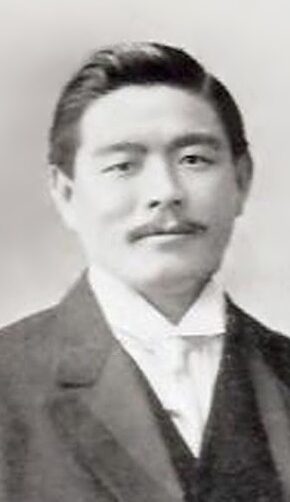 Mitsuyo Maeda (1878–1941) Maeda was a Japanese judoka and prizefighter who is widely acknowledged as the founder of the martial art of Brazilian jiu-jitsu. During his lifetime, Maeda traveled extensively, teaching judo and competing in various forms of submission wrestling. He is credited with introducing the art to Brazil and helping to spread the popularity of judo throughout the world. Maeda’s unique style of judo, which incorporated elements of traditional jujutsu and other martial arts, laid the foundation for Brazilian jiu-jitsu. Maeda’s most famous student was the legendary martial artist Helio Gracie, who adapted Maeda’s teachings and developed the Gracie jiu-jitsu system.
Mitsuyo Maeda (1878–1941) Maeda was a Japanese judoka and prizefighter who is widely acknowledged as the founder of the martial art of Brazilian jiu-jitsu. During his lifetime, Maeda traveled extensively, teaching judo and competing in various forms of submission wrestling. He is credited with introducing the art to Brazil and helping to spread the popularity of judo throughout the world. Maeda’s unique style of judo, which incorporated elements of traditional jujutsu and other martial arts, laid the foundation for Brazilian jiu-jitsu. Maeda’s most famous student was the legendary martial artist Helio Gracie, who adapted Maeda’s teachings and developed the Gracie jiu-jitsu system.
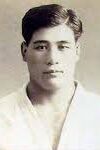 Masahiko Kimura (1920-1993) was a Japanese judo legend, widely considered to be one of the greatest judoka of all time. He is best known for his “Kimura lock,” a shoulder-locking technique named after him. Born into a family of judo practitioners, Kimura began training at the age of seven and by age seventeen was already a 4th dan black belt. He went on to win the All-Japan Judo Championships in 1940 and 1941, the All-Japan Open Judo Championships in 1942, and the All-Japan Judo Championships in 1945.
Masahiko Kimura (1920-1993) was a Japanese judo legend, widely considered to be one of the greatest judoka of all time. He is best known for his “Kimura lock,” a shoulder-locking technique named after him. Born into a family of judo practitioners, Kimura began training at the age of seven and by age seventeen was already a 4th dan black belt. He went on to win the All-Japan Judo Championships in 1940 and 1941, the All-Japan Open Judo Championships in 1942, and the All-Japan Judo Championships in 1945.
He is credited with popularizing judo around the world, having traveled extensively to demonstrate the art. He is also credited with introducing the modern judo uniform, which utilizes a jacket and pants. Kimura’s legacy lives on in the form of the Kimura Cup, an international judo tournament that takes place annually in his hometown of Osaka.
Kano-Ryu Jiujitsu, Mitsuyo Maeda, and the Gracie Family
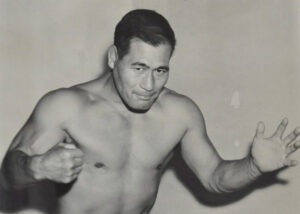 Mitsuyo Maeda, known as Count Koma in Brazil, was a Japanese martial artist who is credited with introducing Judo to Brazil. He is also credited with having a major influence on the development of Brazilian jiu-jitsu, which was created by the Gracie family.
Mitsuyo Maeda, known as Count Koma in Brazil, was a Japanese martial artist who is credited with introducing Judo to Brazil. He is also credited with having a major influence on the development of Brazilian jiu-jitsu, which was created by the Gracie family.
Maeda was born in 1878 in the Kumamoto prefecture in Japan and began his martial arts training at an early age. He practiced jujutsu and eventually earned a 5th-degree black belt in Kodokan Judo, the highest possible rank. In 1904, he was sent to Cuba to teach judo by the Kodokan and then moved to Brazil in 1914.
In Brazil, Maeda worked as a “combat instructor” to a number of influential figures including politicians and military officers. He also taught judo to the general public, including members of the Gracie family. In 1917, Maeda began teaching Carlos Gracie, the son of Gastao Gracie, the basics of judo. Carlos went on to teach his brothers, Oswaldo, Gastão, George, and Helio. They developed and refined the techniques of judo, resulting in the creation of Brazilian jiu-jitsu.
Maeda’s influence on the development of judo and Brazilian jiu-jitsu cannot be underestimated. He was an inspiration to the Gracie family and to many other martial artists in Brazil. He is remembered as one of the pioneers of martial arts in Brazil and is still revered by many practitioners of judo and jiu-jitsu around the world.
Maeda’s legacy lives on in the Gracie family and in martial arts circles around the world. His contributions to the development of judo and Brazilian jiu-jitsu will be remembered for generations to come.
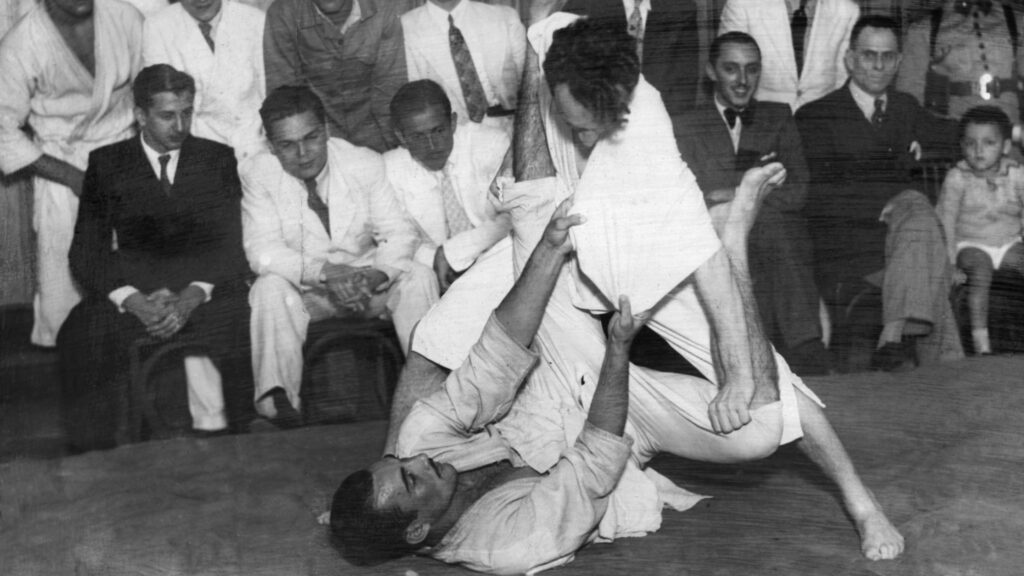
The Founding of the “Gracie Jiu-Jitsu System”
Gracie Jiu Jitsu was founded by the late Grandmaster Helio Gracie in Brazil in the 1920s. Helio was the younger brother of Carlos Gracie, a judo student of Mitsuyo Maeda, a Japanese judoka and noted martial artist. Helio was always smaller and weaker than his siblings, and as a result, he was unable to excel in the traditional Japanese martial arts that his brothers practiced. He decided to modify the techniques he learned from Maeda and developed a new system of Jiu-Jitsu that was much more effective for smaller, weaker people.
Helio also added various other techniques to the system, including ground fighting such as open and closed guard, guard passing, and new submissions. He then taught this system to his sons, Rickson, Rorion, Royce, Relson, and Royler, who in turn taught it to their students, thus creating the Gracie Jiu Jitsu system. The system has since been adopted by many mixed martial arts organizations, such as the UFC, and has become one of the most popular martial arts in the world.
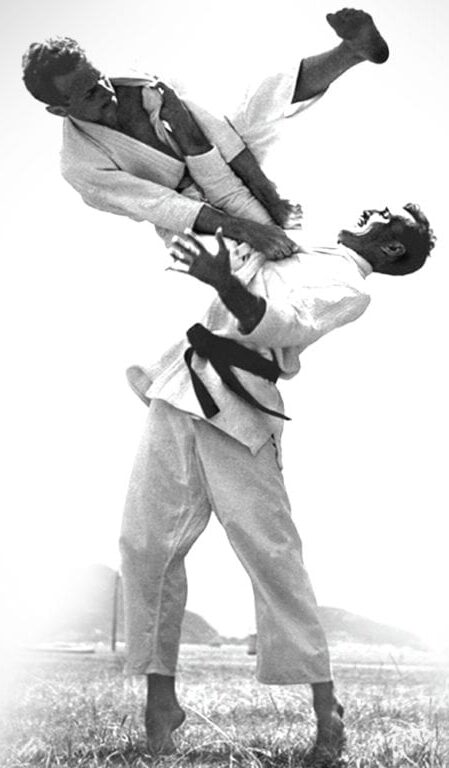
Prize Fighting
If it weren’t for the popular practice of “prize” and “exhibition” fighting, Judo may have never left Japan.
Prizefighting was a popular form of entertainment in the late 1800s to early 1900s. It was a sport in which two people, usually men, fought against each other in a match for a prize. The matches usually ended when one of the fighters was knocked out or thrown out of the ring. Prize fighting was popular because it was seen as a way to test a person’s strength, courage, and skill. It was also seen as a form of entertainment, as the matches were often accompanied by large crowds of spectators who would often gamble on the outcome.
Exhibition fighting was similar to prizefighting, except that often there was no “prize” other than proving one’s skills or art to be superior to another. Early exhibition judoka were sent from the Kodokan all across the world to promote Kano-Ryu Jujitsu as a superior martial art. In the history of Judo and early Brazilian Jiu Jitsu, there were a number of remarkable and historical fights.
Historical Fights
Helio Gracie vs Yukio Kato (1951)
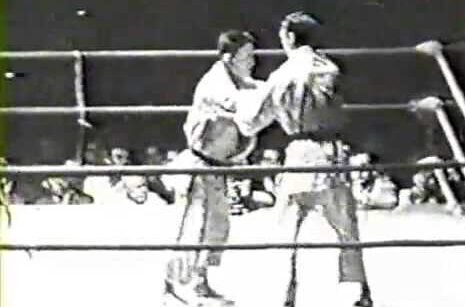 The first fight between Helio Gracie and Yukio Kato took place in 1963 in Rio de Janeiro, Brazil. This was the first time that a Gracie had fought a Japanese martial artist and the match was highly anticipated. Helio was a proponent of the Brazilian Jiu-Jitsu style of fighting and Kato was a judoka, a master of the Japanese art of judo. The fight went on for almost an hour, with neither fighter being able to gain the upper hand. Finally, after much struggle, Kato was able to secure a chokehold on Gracie, causing him to submit.
The first fight between Helio Gracie and Yukio Kato took place in 1963 in Rio de Janeiro, Brazil. This was the first time that a Gracie had fought a Japanese martial artist and the match was highly anticipated. Helio was a proponent of the Brazilian Jiu-Jitsu style of fighting and Kato was a judoka, a master of the Japanese art of judo. The fight went on for almost an hour, with neither fighter being able to gain the upper hand. Finally, after much struggle, Kato was able to secure a chokehold on Gracie, causing him to submit.
Helio Gracie vs. Kato Tomiki (1951)
This fight was a battle of two black belts. Helio Gracie was able to submit Tomiki with a triangle choke, making it one of the most significant fights between Helio and a judo fighter.
It showed the world that Gracie Jiu-Jitsu was capable of standing up to other martial arts and that it was effective even against larger and stronger opponents. The victory for Helio Gracie helped to solidify his reputation as a formidable martial artist.
Helio Gracie and Masahiko Kimura (1951)
The fight between Helio Gracie and Masahiko Kimura is one of the most famous fights in the history of mixed martial arts. On October 23rd, 1951, the two met in Brazil for a vale-tudo match that would become known as the “Gracie Challenge.” Helio Gracie was the founder of Gracie Jiu-Jitsu and was considered to be one of the greatest practitioners of the art. Masahiko Kimura was a judo champion from Japan and was considered one of the most formidable opponents of the time.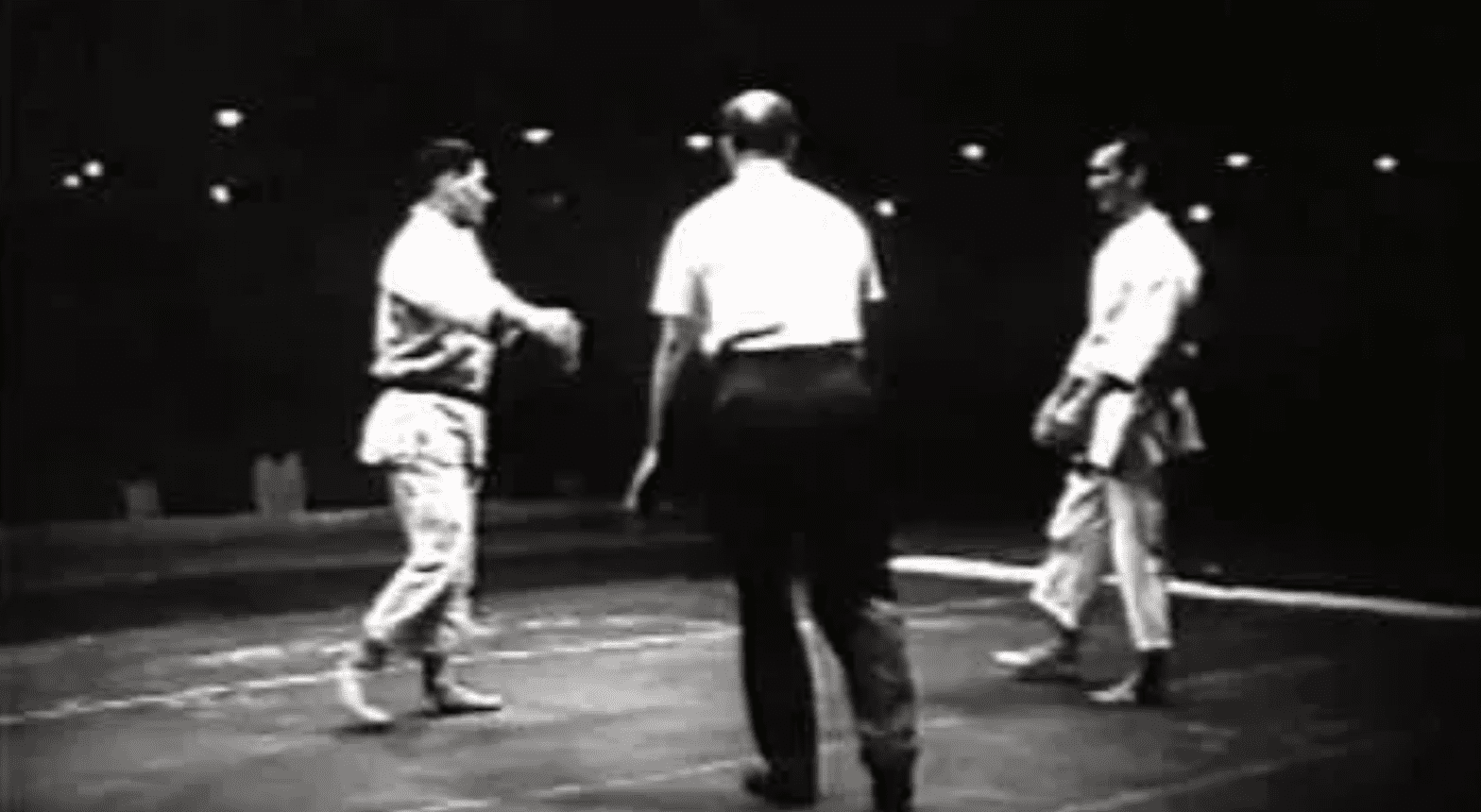
The fight was an intense back-and-forth battle, with both Gracie and Kimura displaying their impressive martial arts skills. After 15 minutes of battle, Kimura had achieved a full mount position and applied a kimura lock, a particularly dangerous technique, on Helio. Helio refused to tap out, and eventually his arm was broken. Kimura was declared the winner, but Gracie had gained the respect of his opponent and the admiration of the Brazilian crowd.
The fight was a major milestone in the development of mixed martial arts, as it showcased the effectiveness of Gracie Jiu-Jitsu and helped to popularize the sport. The kimura lock that Kimura used to secure the win is now a staple submission technique and is known as the “Kimura Lock” in honor of the man who used it to defeat Helio Gracie.
Helio Gracie went on as a prize and exhibition fighter himself, promoting his own version of Gracie Jiu Jitsu, which would ultimately and eventually become known worldwide as “Brazilian Jiu Jitsu”.
Helio Gracie vs. Masahiko Yamada (1955)
The fight between Helio Gracie and Masahiko Yamada in 1955 is a legendary bout in the history of Brazilian Jiu-Jitsu. The bout was fought in Rio de Janeiro, Brazil, and was a key moment in the development of Gracie Jiu-Jitsu.
The fight was Helio Gracie’s first real challenge against a judoka, and he was victorious. The fight lasted 13 minutes and was highly contested. Though Yamada was the heavier and more experienced fighter, he was unable to get the better of Gracie.
Instead, Gracie used a combination of techniques, such as guard pass, takedowns, and submissions to gain an advantage and eventually win the bout. The bout was a huge victory for Gracie and the Gracie Jiu-Jitsu movement. It showed that Gracie’s style of Jiu-Jitsu was effective and could be used to defeat a judoka.
Helio Gracie vs. Yamaguchi (1955)
At the time, Yamaguchi was a judo black belt and one of the most respected martial artists in Japan. Helio Gracie was a Jiu-Jitsu practitioner and had become a master of the sport thanks to his brother Carlos Gracie.
The fight between the two took place in the Daido Juku dojo in Tokyo, Japan. It was a grueling fight, lasting three hours and forty-five minutes. In the end, Helio Gracie was declared the victor. He had managed to use his Jiu-Jitsu skills to dominate the much larger and stronger Yamaguchi.
While he didn’t finish the fight with a submission, Helio was able to control the entire fight and even managed to outlast Yamaguchi. This fight was incredibly important to the history of Brazilian Jiu-Jitsu.
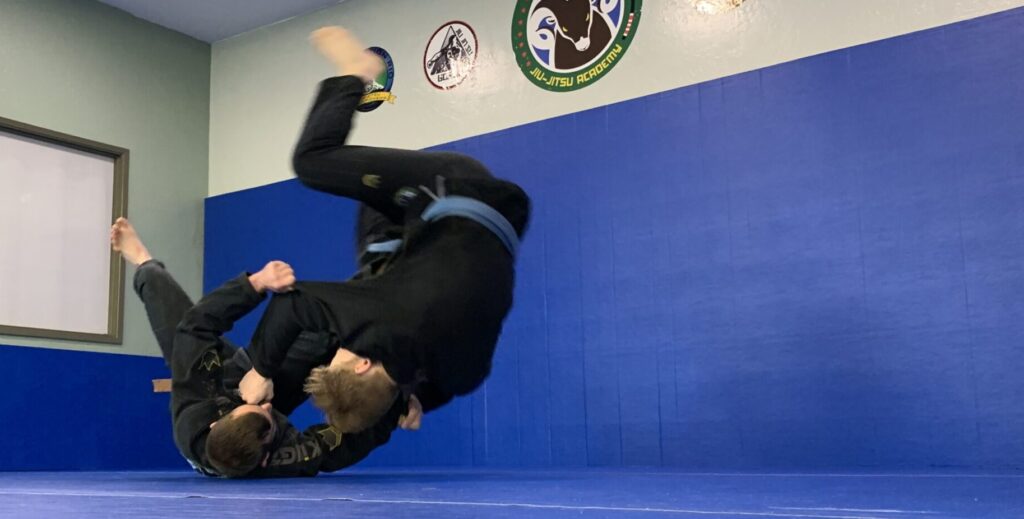
Is Brazilian Jiu Jitsu simply just Judo?
Yes and No. The lines may be grey, but Brazilian Jiu Jitsu is not simply Judo. While both martial arts share similar origins, Brazilian Jiu Jitsu fighters usually focus more on ground fighting and submission attacks such as chokes and joint locks, while Judo usually focuses more on throws, submissions, and pins.
BJJ and Judo are both martial arts that involve grappling and submission techniques. Both arts focus on using leverage and technique to overcome an opponent, rather than relying on striking and kicking like many other martial arts.
Is Brazilian Jiu Jitsu the same as Judo Newaza
BJJ is often referred to as “Newaza” or “Ne-Waza” which is derived from the Japanese word for “ground technique”. BJJ is essentially a modified version of the ground portion of Judo, and Newaza is the japanese word for ground-fighting.
BJJ focuses more heavily on the ground game, with an emphasis on controlling an opponent’s posture and attacking with submissions. Judo is a sport that consists of both standing and ground techniques and is a more complete martial art.
Brazilian Jiu Jitsu masters have taken the ground portion of Judo and modified it to be more effective in a self-defense setting. This includes an emphasis on controlling an opponent’s posture and attacking with submissions, while still utilizing the throws and trips of Judo.
In terms of ground fighting, Judo and BJJ use different rule sets, especially for BJJ for kids. Judo fighters must constantly push the pace or otherwise risk a penalty for stalling, where BJJ fighters can stall and take their time, slowly working towards their goal of a submission or choke.
BJJ has a deeper array of techniques that can be applied on the ground, where as Judo has fewer. In Judo, a fighter can win by pinning their opponent, so it’s not advisable for a judoka to spend time on their back. BJJ fighters, however, can and do fight off their backs, and frequently, successfully.
In what ways can training in judo help a BJJ fighter?
Training in judo can help a BJJ fighter by providing a better understanding of how to use leverage and timing when grappling. Judo is a great source of takedowns, which are essential to a successful BJJ game. Judo also teaches its practitioners a wide range of throws, which can be used to set up submissions in BJJ.
Judo also focuses on hand fighting and grip fighting, which is useful for controlling an opponent in BJJ. Finally, judo teaches its practitioners how to fall safely, which is especially important for BJJ since it is a ground-based martial art.
Finally, Judo is an excellent way to get fit, as it requires a lot of balance, strength, endurance, and agility. All of these qualities are beneficial for a BJJ fighter and can help to improve their overall fitness and performance.
The Choice is Yours: Judo, or Brazilian Jiu Jitsu… or Both
Overall, both martial arts are effective for self-defense and can be used for competitive purposes. The choice of which martial art to pursue depends largely on the individual’s goals and preferences. For more information on how to step up your Brazilian Jiu Jitsu game, or to just simply train in Judo, contact a respected Judo Dojo near me today.

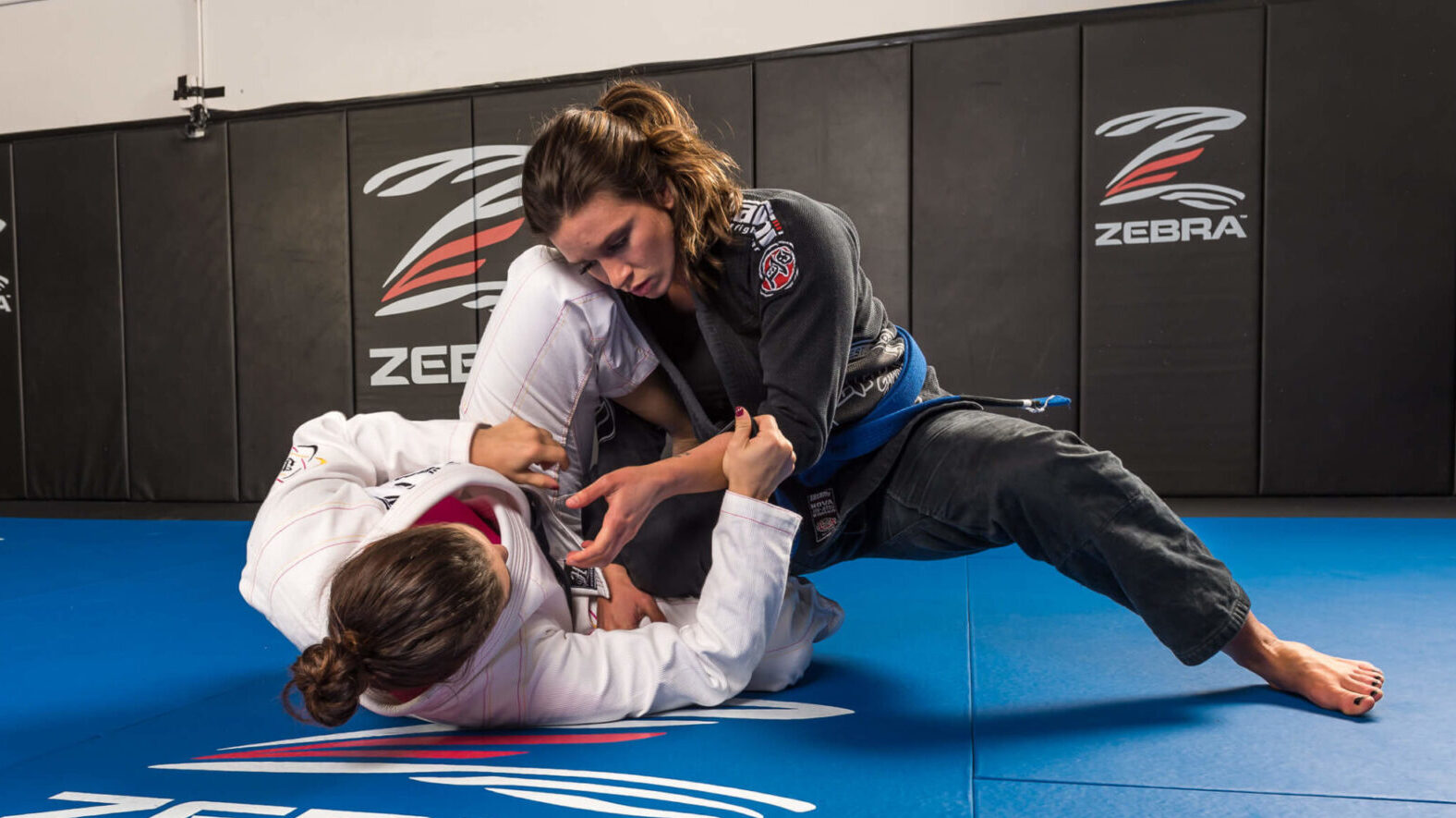
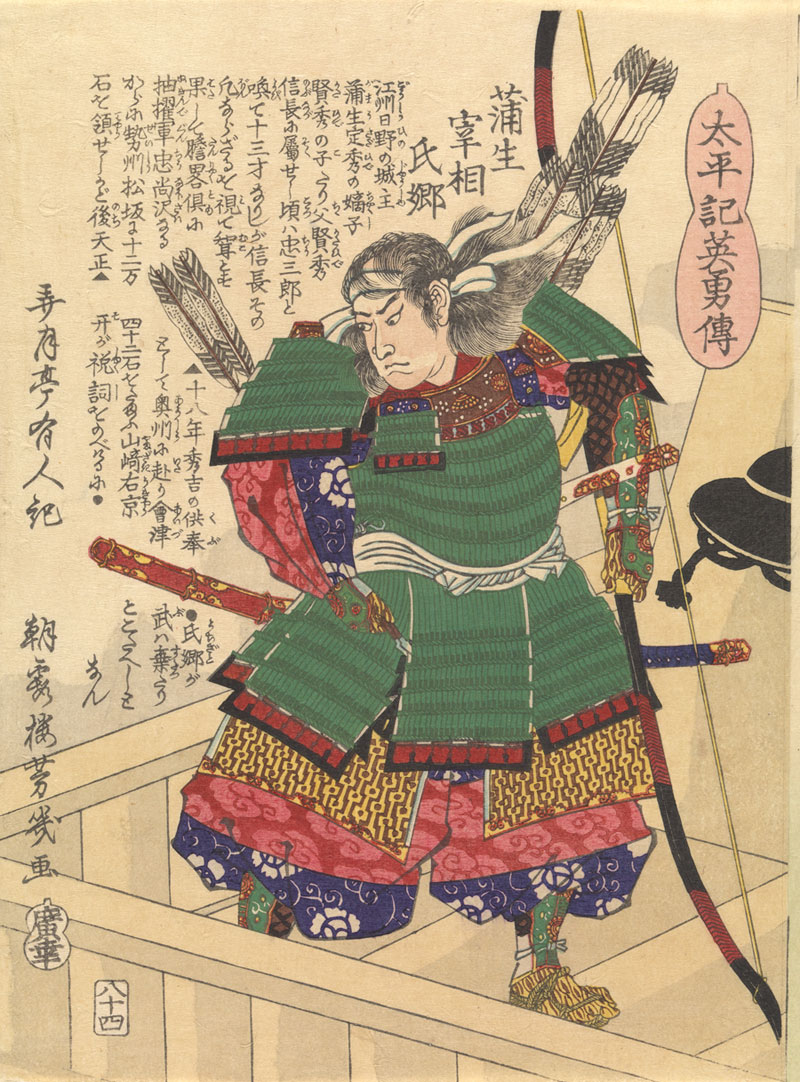
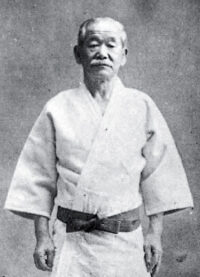 Kano-Ryu Jiu Jitsu
Kano-Ryu Jiu Jitsu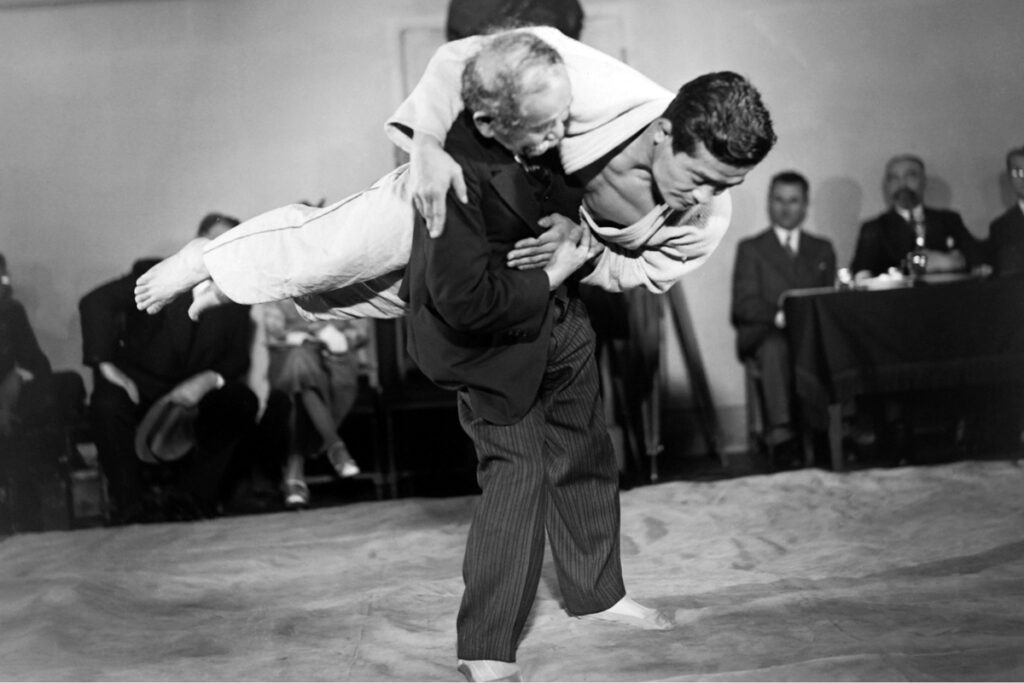
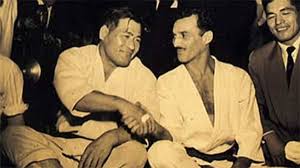
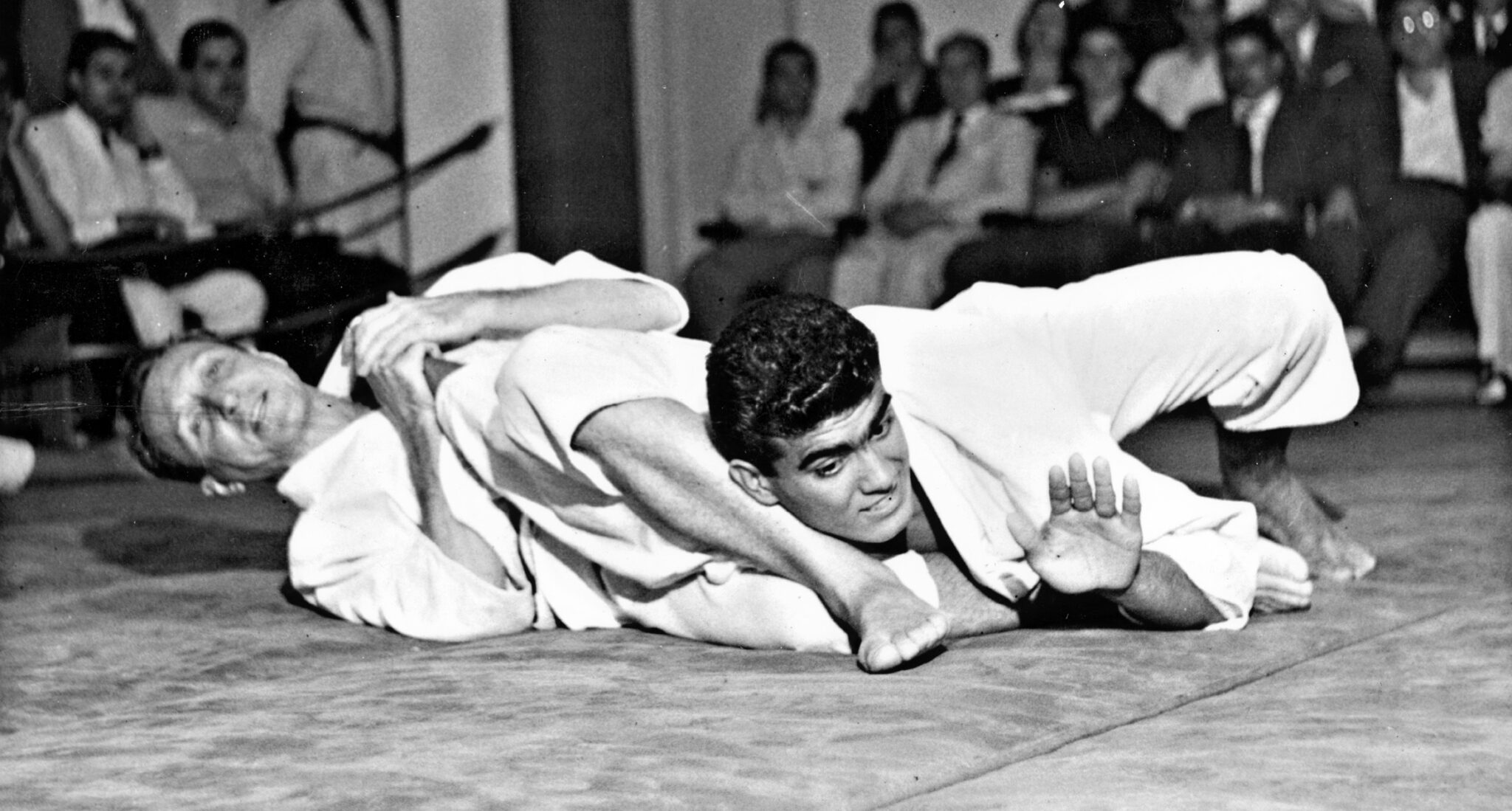
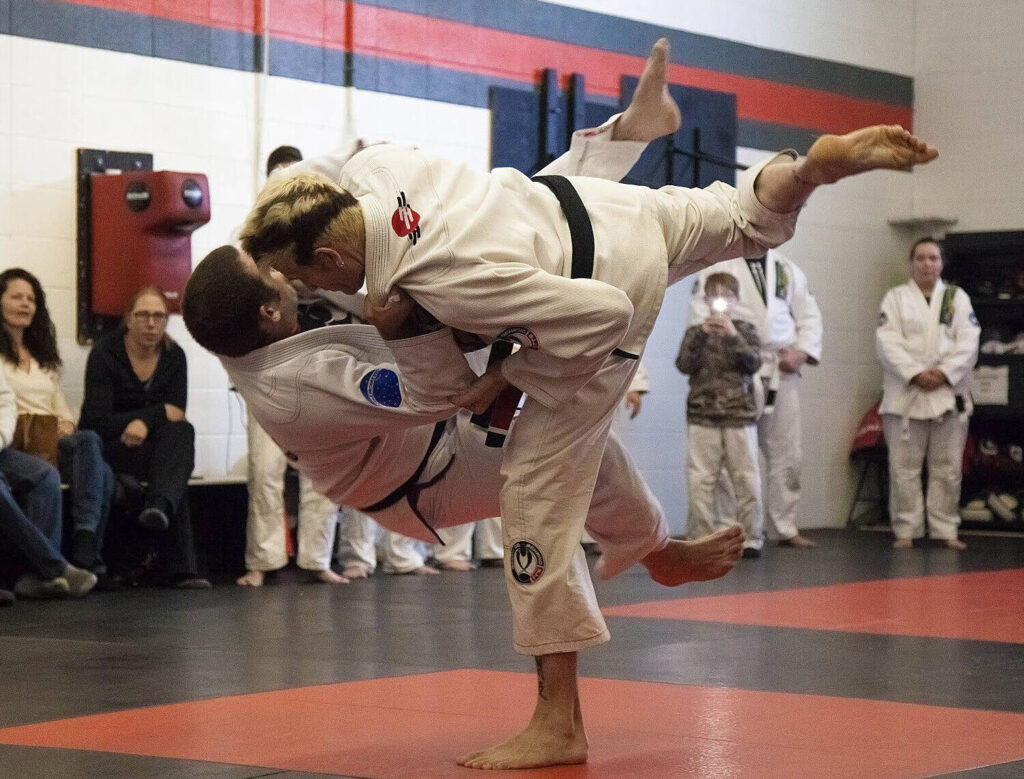
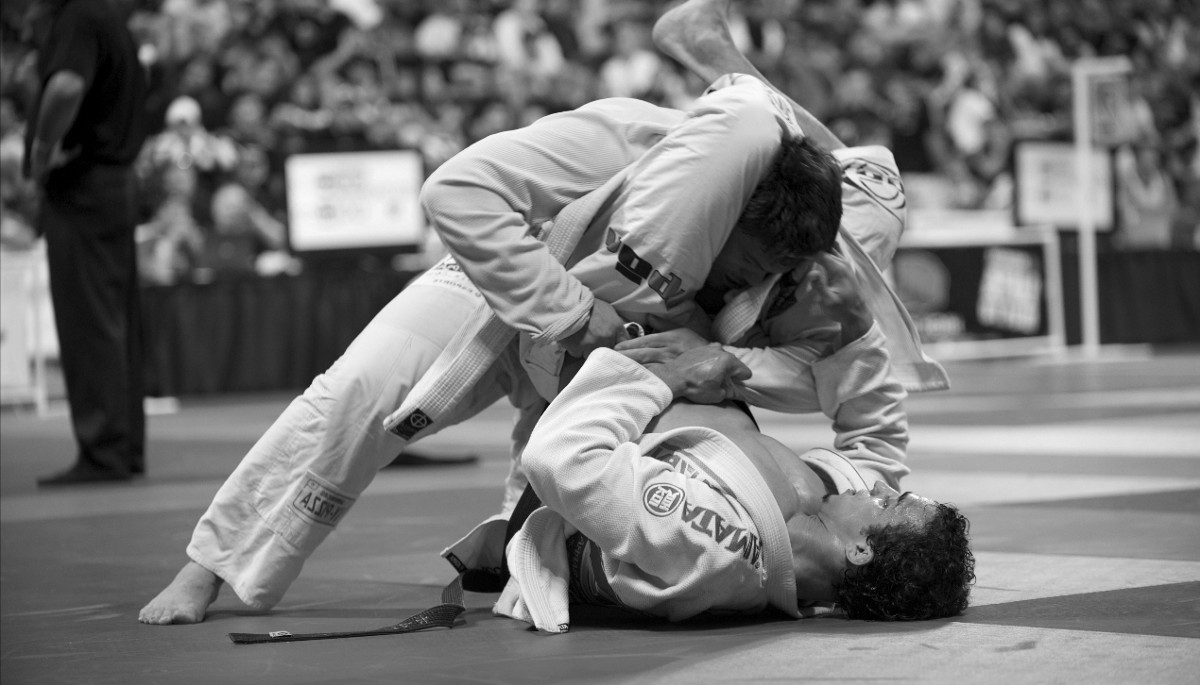
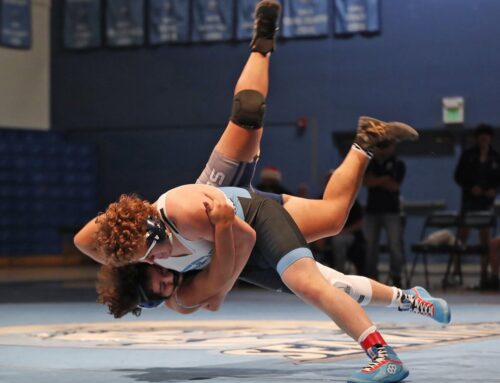
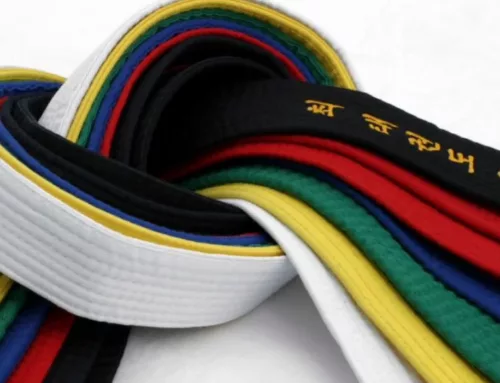
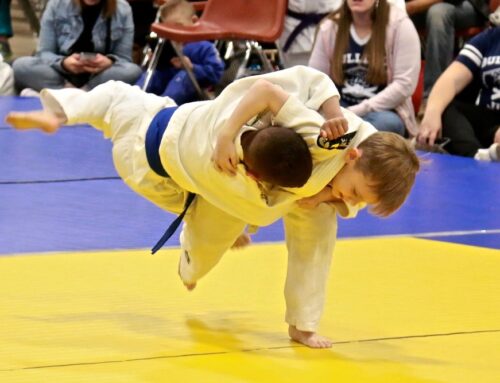
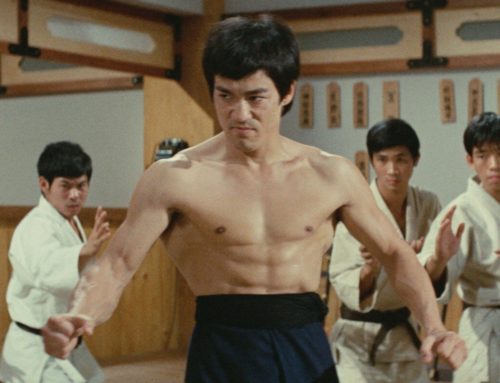
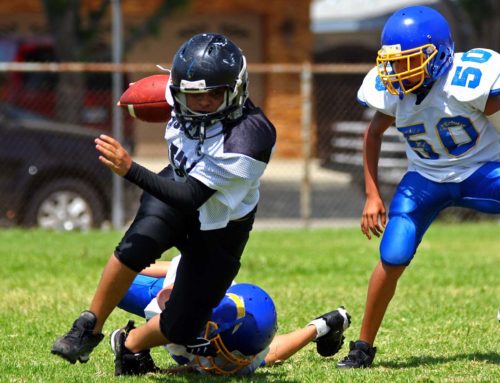
Leave A Comment